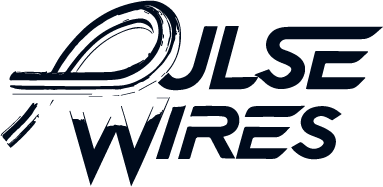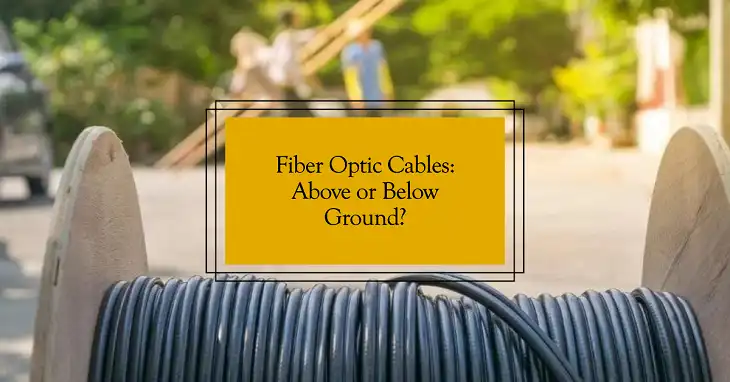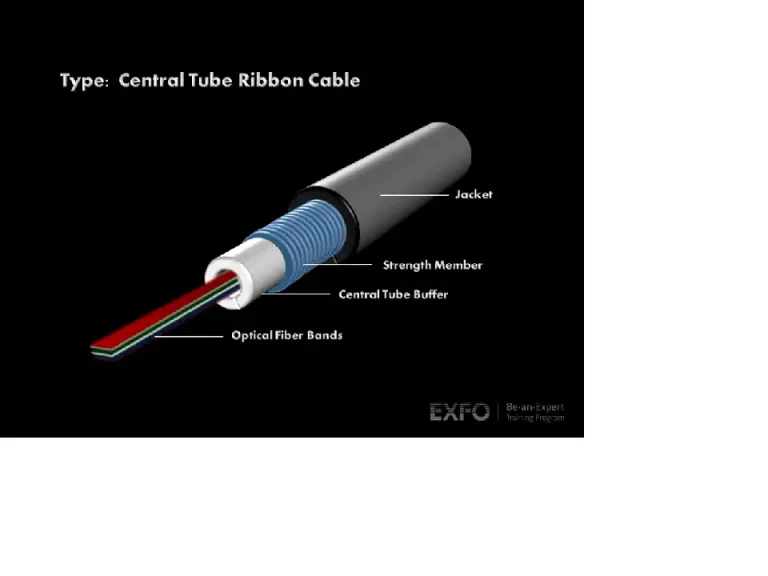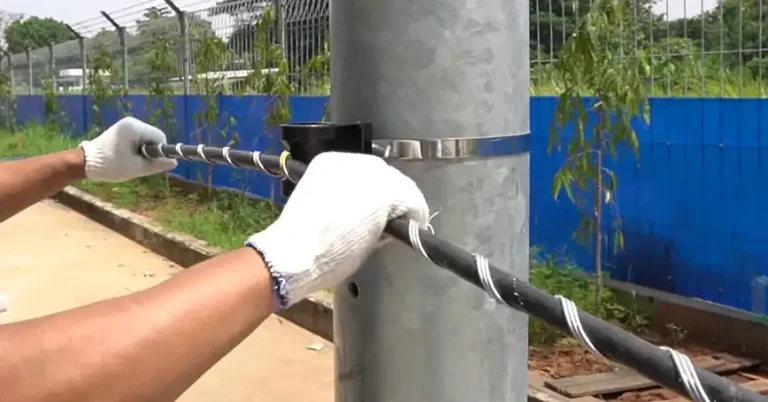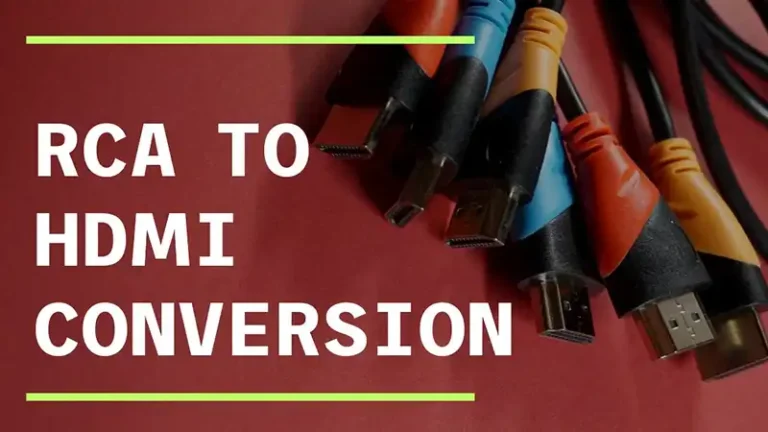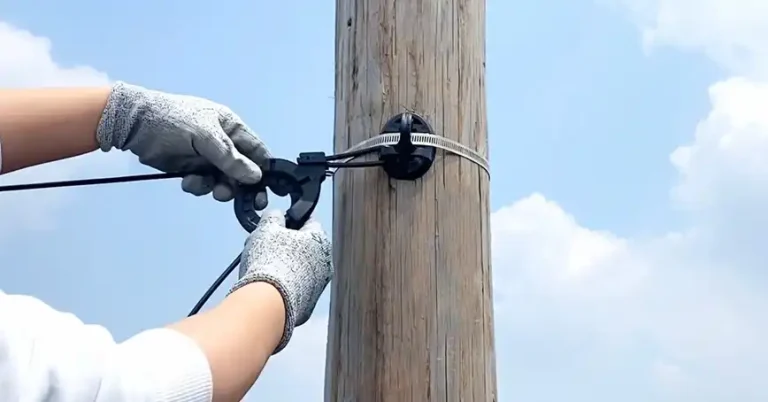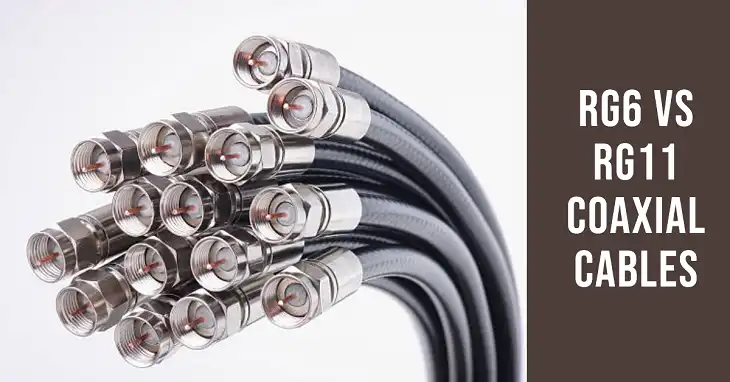How Much Does Fiber Optic Cable Cost Per Mile?
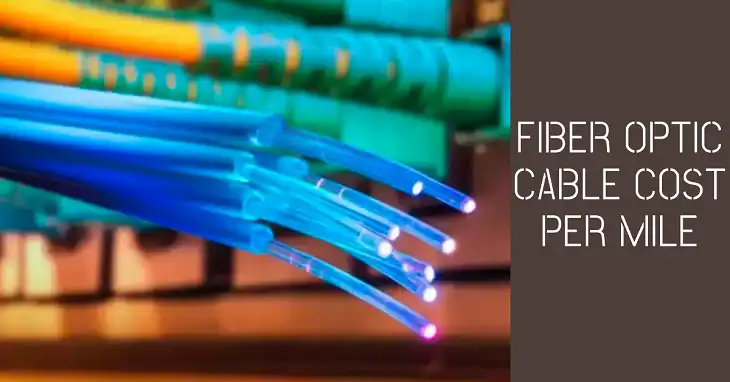
The cost of fiber optic cable per mile can range from $8,000 to $30,000 or more, depending on several factors such as installation type, terrain, labor costs, and cable type. On average, a typical residential fiber deployment project may cost around $18,000 per mile. This cost covers the materials, labor, equipment, and other associated expenses needed to install fiber optic lines. However, the final price can fluctuate significantly based on project scope, location, and whether it’s an aerial or underground installation.
For residential purposes, the average cost per household to get connected ranges between $1,000 and $1,500, depending on proximity to the main fiber line and the number of homes being served. In this article, we’ll break down the cost components, influencing factors, and cost per mile for various types of fiber optic installations to give a clearer picture of what to expect.
What Determines the Cost of Fiber Optic Cable Per Mile?
The cost of laying fiber optic cable is influenced by numerous factors, including:
- Type of Installation: Aerial (on utility poles) or underground.
- Labor and Permitting Costs: Varies widely depending on location.
- Terrain and Environmental Factors: Rocky, rural, or urban areas impact labor and equipment needs.
- Cable Type: Single-mode or multi-mode, along with the number of strands.
- Geographic Location: Urban areas typically incur lower costs due to existing infrastructure.
1. How Does the Type of Installation Impact Cost?
The installation method—aerial or underground—plays a significant role in determining the total cost. Here’s how the two compare:
- Aerial Fiber Optic Installation: Involves stringing the cable on existing utility poles. This method is generally cheaper because it requires fewer resources and less labor. Typical costs range from $10,000 to $20,000 per mile. The main expenses here are for the cable, attachments, and leasing space on the poles.
- Underground Fiber Optic Installation: Involves trenching, boring, or using conduit systems. This method is more expensive due to the intensive labor and equipment required. It typically costs $20,000 to $50,000 per mile depending on the complexity of the terrain. Rocky or densely populated urban areas may see costs go even higher.
Table: Aerial vs. Underground Fiber Optic Installation Costs
| Installation Type | Cost Per Mile | Average Time for Deployment | Key Cost Factors |
| Aerial | $10,000 – $20,000 | 3 to 5 days | Cable, pole attachments, lease agreements |
| Underground | $20,000 – $50,000 | 1 to 2 weeks | Trenching, boring, conduit, labor |
2. How Does the Type of Terrain Affect Fiber Optic Costs?
The terrain and environmental factors can significantly impact the cost of installing fiber optic cable:
- Rural Areas: Costs are higher due to sparse populations and longer distances between connections. Expect prices of $30,000 per mile or more.
- Urban Areas: Lower costs due to existing infrastructure and shorter distances. Prices can be as low as $10,000 per mile.
- Rocky or Mountainous Terrain: Extremely high costs, often exceeding $50,000 per mile, due to specialized equipment and increased labor.
3. What Are the Labor and Permitting Costs?
Labor is a major component of fiber optic installation, and it can vary depending on local wage rates and the complexity of the job. Permitting fees also add to the overall cost, especially in highly regulated areas like cities.
- Labor Costs: Typically range between $5,000 and $15,000 per mile for underground installations and around $3,000 to $7,000 per mile for aerial installations.
- Permitting Costs: Urban areas may have higher permitting fees, potentially adding $1,000 to $5,000 per mile.
4. How Does the Cable Type and Number of Strands Influence the Price?
The type of cable (single-mode vs. multi-mode) and the number of strands (2-strand, 12-strand, 24-strand, etc.) directly influence material costs.
- Single-Mode Fiber: Best for long-distance transmissions; higher upfront cost but more efficient.
- Multi-Mode Fiber: Cheaper but more suitable for shorter distances and lower bandwidth applications.
Average Cable Costs Per Mile by Type:
| Cable Type | Cost Per Mile | Best Use Case |
| Single-Mode | $8,000 – $12,000 | Long-distance, high-capacity |
| Multi-Mode | $6,000 – $9,000 | Short-distance, local networks |
| 24-Strand Cable | $15,000 – $18,000 | High-capacity, multiple connections |
5. How Does Location Influence Fiber Optic Costs?
The geographic location significantly affects labor and permitting costs, as well as the complexity of the installation. Urban deployments are typically cheaper due to shorter distances and better infrastructure, while rural areas often require more extensive work.
- Urban Areas: Lower cost per mile, typically $10,000 to $15,000, due to existing utility poles and infrastructure.
- Rural Areas: Higher cost per mile, often exceeding $25,000, due to long distances between connections and the need for new infrastructure.
How Much Does It Cost Per Household?
For residential fiber deployments, the cost per household can vary significantly depending on the location and proximity to the existing fiber infrastructure. In densely populated areas, the average cost per household is around $1,000 to $1,500, but in rural areas, it can go up to $3,000 to $4,000 per home.
Cost Per Household Breakdown:
| Type of Area | Cost Per Household | Reason for Price Difference |
| Urban/Suburban Areas | $1,000 – $1,500 | Shorter distances, higher density, existing infrastructure |
| Rural Areas | $3,000 – $4,000 | Longer distances, fewer homes per mile, new infrastructure |
What Is the Cost of a Full Fiber Network Deployment?
Deploying a full fiber optic network, such as those used by Internet Service Providers (ISPs), is a massive investment. The total cost for a network spanning 10 miles can easily range between $100,000 and $500,000, depending on terrain, labor, permitting, and cable type.
Example Cost Estimate for a 10-Mile Deployment:
- Aerial Installation: $100,000 – $200,000
- Underground Installation: $200,000 – $500,000
This figure can increase exponentially if the network spans through difficult terrains or requires extensive permitting and legal fees.
Verdict: What to Expect When Estimating Fiber Optic Costs Per Mile
The cost of fiber optic cable per mile can range widely depending on installation type, terrain, and geographic location. Aerial installations are the cheapest option, with costs starting at $10,000 per mile, while underground installations can exceed $50,000 per mile in challenging terrains. For residential purposes, the cost per household typically averages $1,000 to $1,500, but rural deployments can push this figure up to $3,000 or more.
Ultimately, understanding these cost components and variations can help in planning and budgeting for a fiber optic project, whether it’s a small residential installation or a large-scale network deployment.
